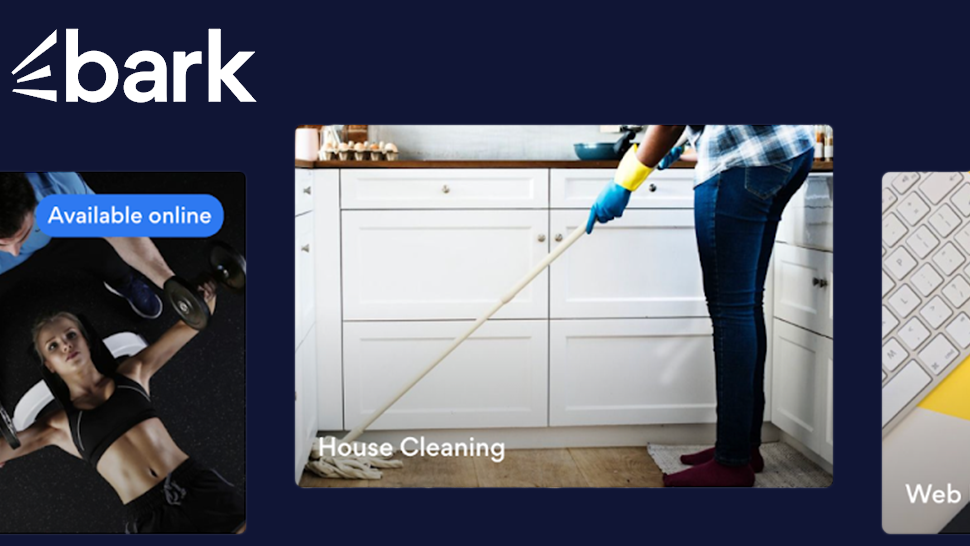Bark.com established a B2B predictive model for tROAS bidding, aimed at encouraging high-value service provider enrollments

Increase in LTV revenue
Increase in LTV ROAS
Company
Bark is the UK’s largest & fastest-growing services marketplace, connecting consumers and businesses with the right professional for their projects in over 1,000 unique categories.
Founded in 2015 and headquartered in London, Bark operates globally in the UK, France, the US, Ireland, Canada, South Africa, Australia, New Zealand & Singapore.
Business Model
Bark’s business model consists of putting private individuals in contact with professionals from different sectors: cleaning, personal trainers, web designers, and more. Individual customers can post an advertisement on the Bark website, requesting a professional helper, free of charge. Bark then sends this advert to associated professionals in the surrounding area, who, if interested, acquire these leads with previously purchased credits, thus obtaining the email and telephone number of the individual who has published the advert.
In addition, professionals can optionally pay a monthly fee to Bark to appear as an Elite Pro, which are professionals that Bark recommends.
Objective
Bark’s objective was to target its campaigns to attract professionals who use credits on a recurring basis.
Their primary pain was that the volume of conversions, specifically professionals who clicked on the Search campaign and ended up buying credits within seven days, was so low that Google’s algorithms could not learn and, therefore, could not optimize for these users.
Solution
Making Science proposed adding an additional type of signal to the ones Bark already had. These new signals are generated when users/professionals subscribe, ensuring priority is given to new users who have never subscribed before. Our machine learning model assigns the user a value that indicates the expected revenue in terms of credit consumption plus a monthly fee within the next 90 days.
The project was activated in the US campaign and was achieved by multiplying the volume of signals (new professionals with potential recurring credit consumption) by 20 and tagging them based on their value. This allowed Google Search Smart Bidding campaigns, with tROAS bidding strategies (ROAS with expected value), to have enough data to learn and optimize towards the users/professionals that Bark wanted to target (higher value prospects).
Results
Implementing high-value customer signals in the Value-Based bidding for bid strategies permitted Bark to:
- Increase the 90-day LTV revenue vs 7-day revenue multiplier by 23%, compared to the control
- Increase the 90-day LTV ROAS by 33%, while maintaining the 90-day LTV revenue






 Cookie configuration
Cookie configuration